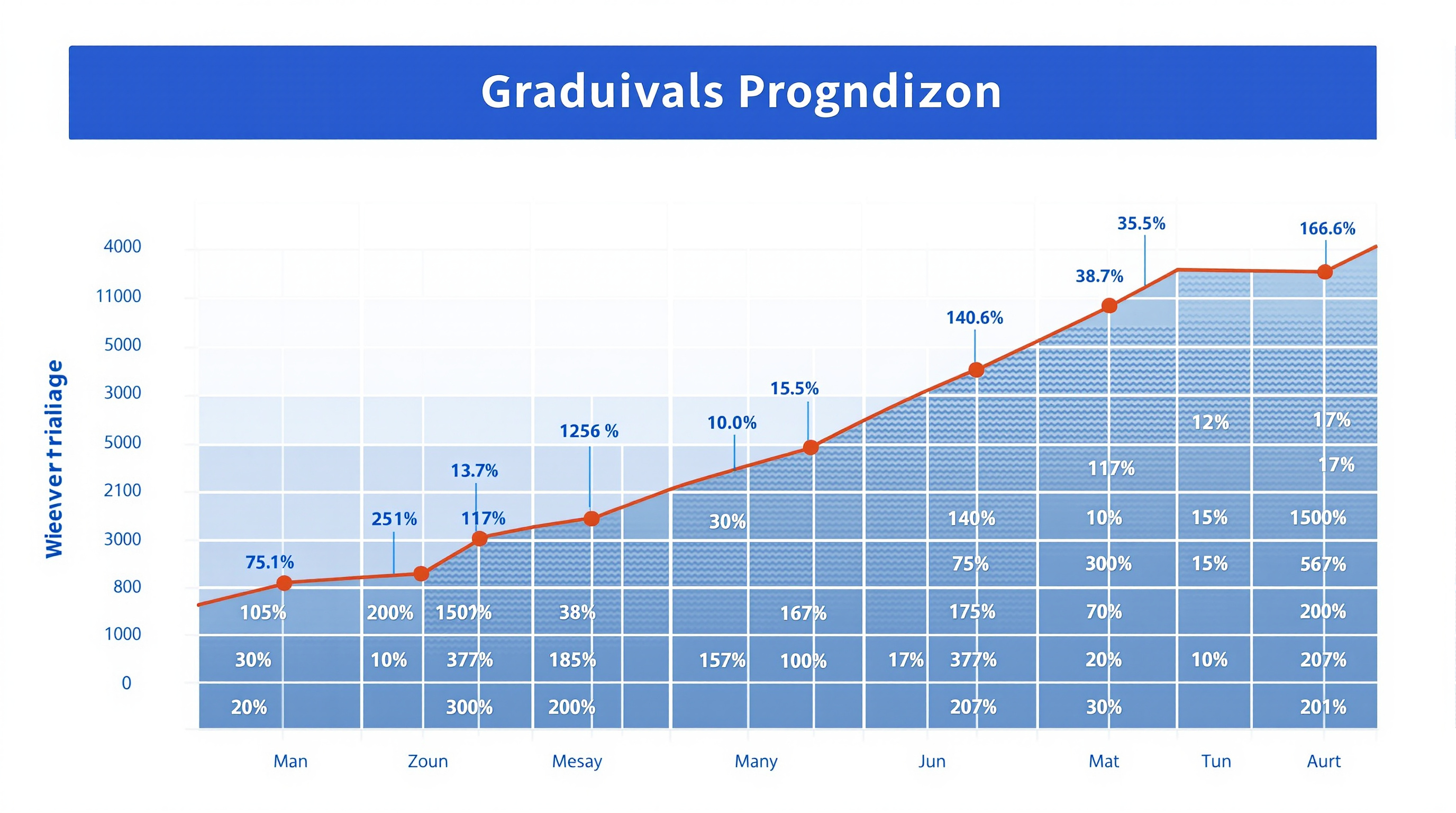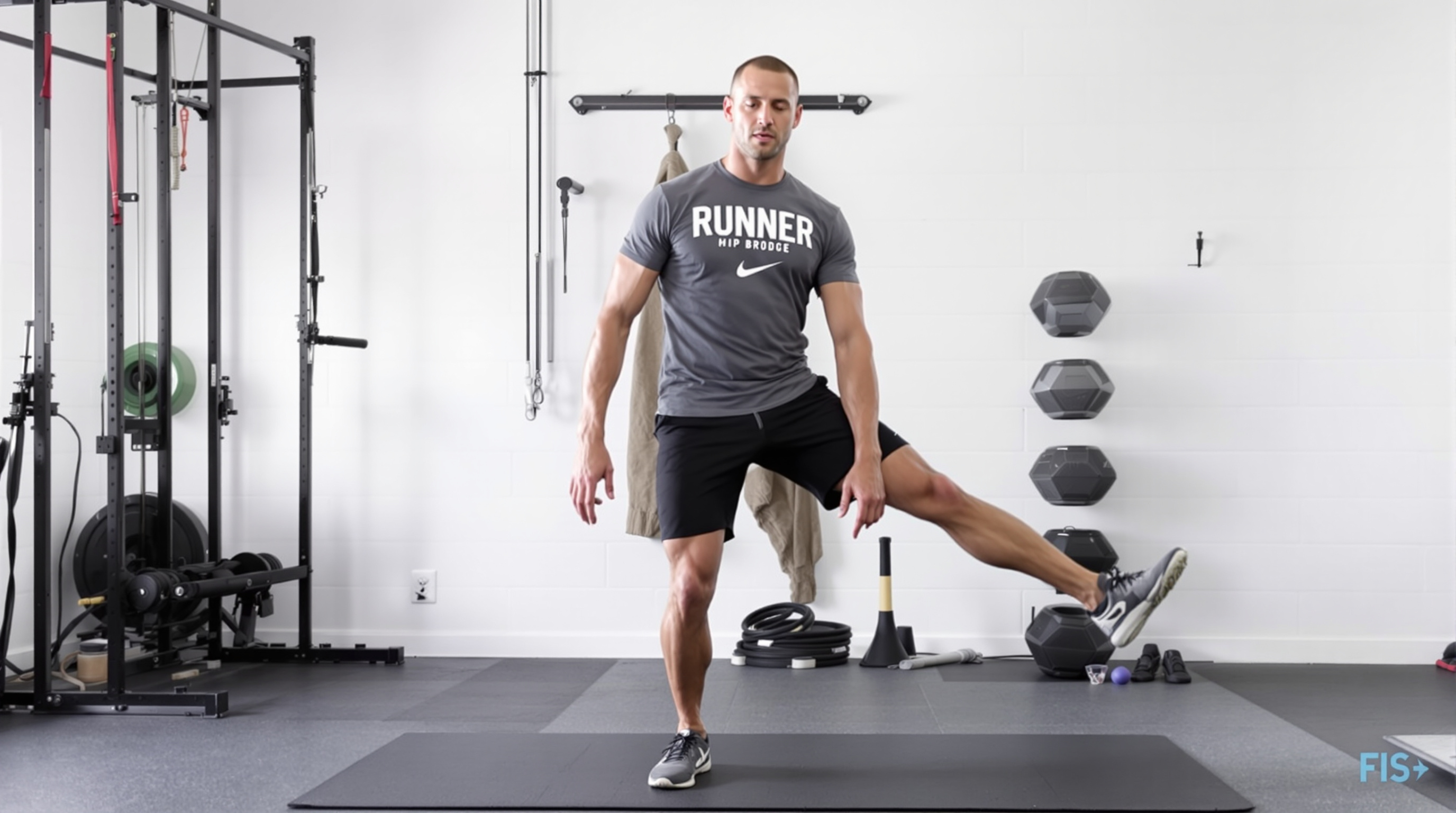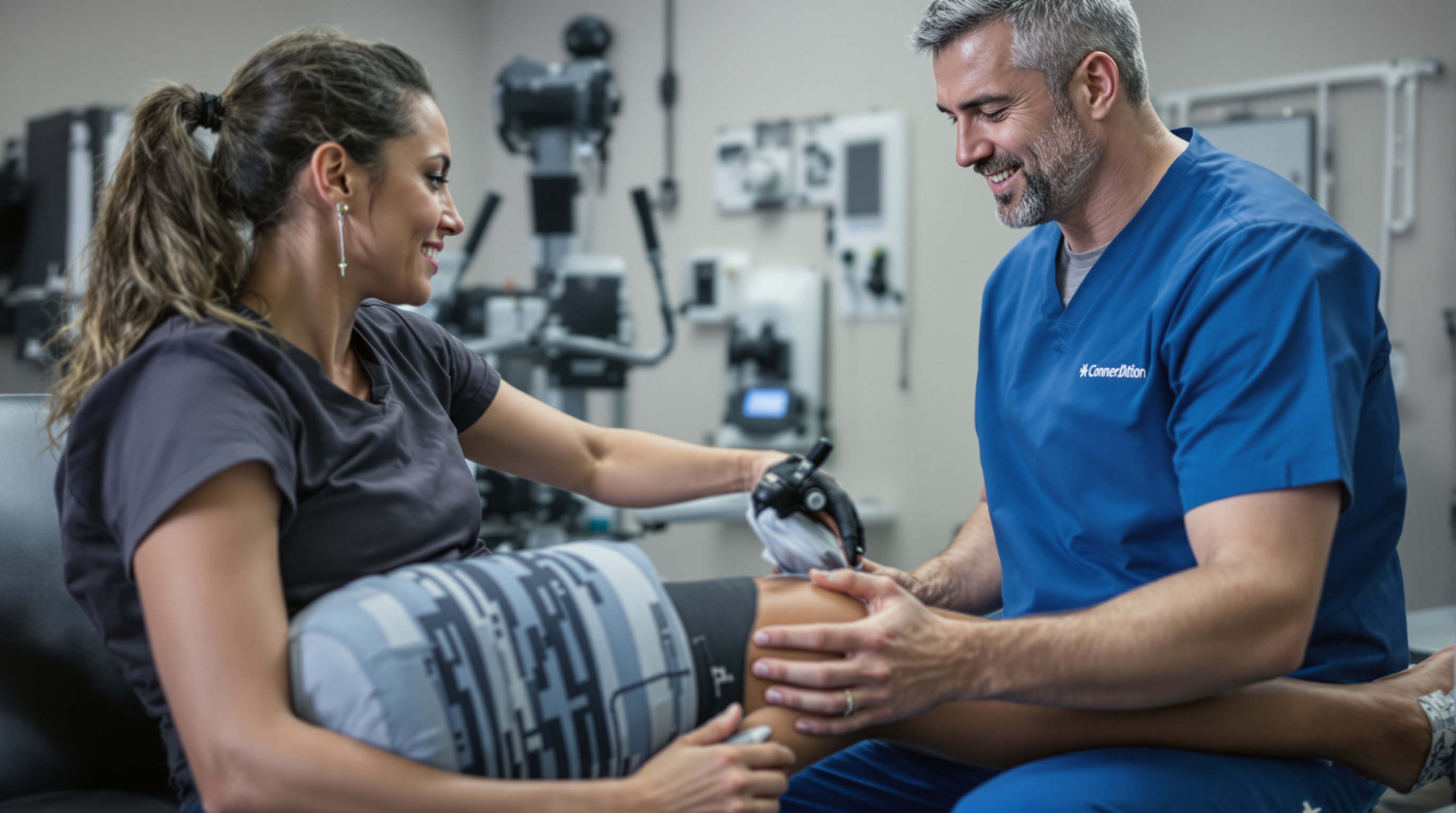While 50% of runners experience injury each year, the good news is that most running injuries result from training errors, not inherent risks of the sport. Through smart training progression, strength work, proper recovery, and listening to your body, you can dramatically reduce injury risk. Staying healthy enables the consistency that matters more than any single workout for long-term running improvement and enjoyment.
Common Running Injuries: Recognition and Causes

Runner's Knee (Patellofemoral Pain)
Symptoms: Pain around or behind kneecap, especially during running or stairs
Causes: Weak hips/glutes, quad imbalance, knee tracking issues, rapid mileage increase
IT Band Syndrome
Symptoms: Sharp pain on outside of knee, worsens during running
Causes: Hip weakness, excessive downhill running, worn shoes, biomechanical issues
Shin Splints
Symptoms: Pain along inner shin bone, tender to touch
Causes: Too much too soon, hard surfaces, inadequate shoes, weak calves/tibialis
Plantar Fasciitis
Symptoms: Sharp heel pain, especially first steps in morning
Causes: Tight calves, unsupported arches, sudden mileage increases
Achilles Tendinitis
Symptoms: Pain and stiffness in Achilles tendon
Causes: Rapid training increases, tight calves, excessive speed work
Medical resources: American Academy of Orthopaedic Surgeons | Sports Injury Prevention



